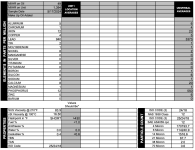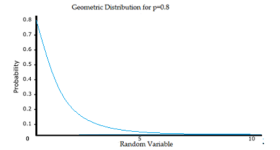I finally got my results back from Blackstone; they took several weeks longer than LabOne to return the results but the analysis is also more detailed, so there's that. Anyway, the analysis was done after running the oil on an advertised 22um Champion screen. Time in service was just a hair over 49 hours since the previous oil change on an Aerosport IO-360-B1B with not quite 1400 hours on it since new.
View attachment 65151
Since this was the first time I'd submitted a sample to Blackstone, they had no history on this engine, but their results are very close to those of LabOne which shows nothing concerning as far as trend of materials etc. All happy there. Cleaning the filter, there were some discretely identifiable particles left in the cleaning solution along with a dark gray "dust". None of it magnetic, and only an occasional sparkly particle so I assume it to be mostly carbon or non-wear material.
What I was
really interested in here was the insolubles and particle counts (particle count was an extra cost). I expected to see more in the 38µm and 70µm ranges given statements that the Challenger filters catch nothing 10 µm to around 100 µm range; that's not the case obviously and seems inconsistent with the reported oil filter test from that thread. Similarly, the insoluble percentage was lower than I expected, with the lab comment of "Low insolubles show the filter wasn't used up when you took this sample."
I'm running a Wix filter on the engine now and will get another particle count analysis done to compare the two after the next oil change.




